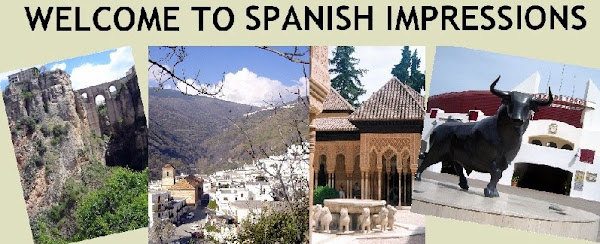https://plus.google.com/+RobertBovington/posts
The city of Ciudad Real has good connections. Firstly, the Madrid-Sevilla AVE high-speed train stops there. Secondly, it is associated with Royalty - King Alfonso X founded it in 1255 and gave it the name Villa Real. Later, in 1420, John II gave it the status of a city - Ciudad Real means Royal City in Spanish. Then, in the 17th century, the city was the capital of La Mancha. Today, it is the capital of the province of the same name - one of five provinces in the autonomous community of Castile-La Mancha.
So, if travelling on the AVE high-speed train between the capital of Spain and the capital of Andalucía, is it worth stopping off at Ciudad Real? Well, like many Spanish cities, Ciudad Real does have its fair share of historic monuments. There are a number of religious buildings including the Iglesia Santiago, one of the oldest churches in the city, which was originally Gothic but which was later enhanced with a Mudéjar roof and Baroque vaults. The Cathedral of Santa María del Prado is another religious building with a combination of styles - Gothic with Baroque interior. The Iglesia San Pedro is another church with a fusion of styles including alternating pointed Gothic arches and Mudéjar horseshoe arches.
| Iglesia San Pedro |
Another notable landmark is the remains of the 14th-century walls, which were built to protect the Christian, Moor and Jewish population of that time. In those days, there were 4 kilometres of walls with 130 towers. However, the principal attraction is Puerta de Toledo, a Mudéjar gate that was built in 1328 and which is a national monument.
more blogs by Robert Bovington...
"Photographs of
|
|
"postcards from
|
|
"you couldn't make it up!"
|
|
"a grumpy old man in
|
|
"bits and bobs"
|
|
"Spanish Expressions"
|
|
"Spanish Art"
|
|
"Books About
|

